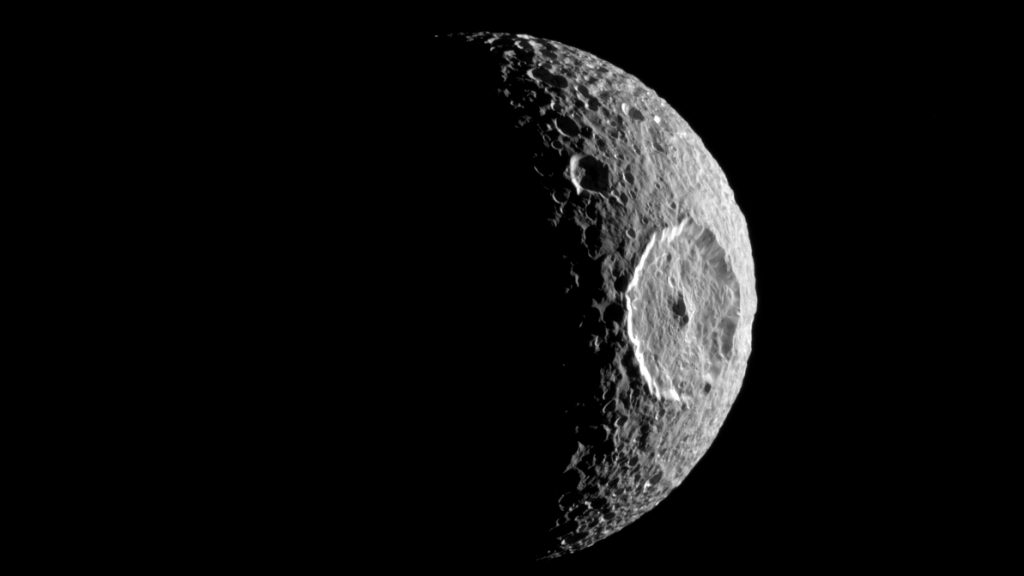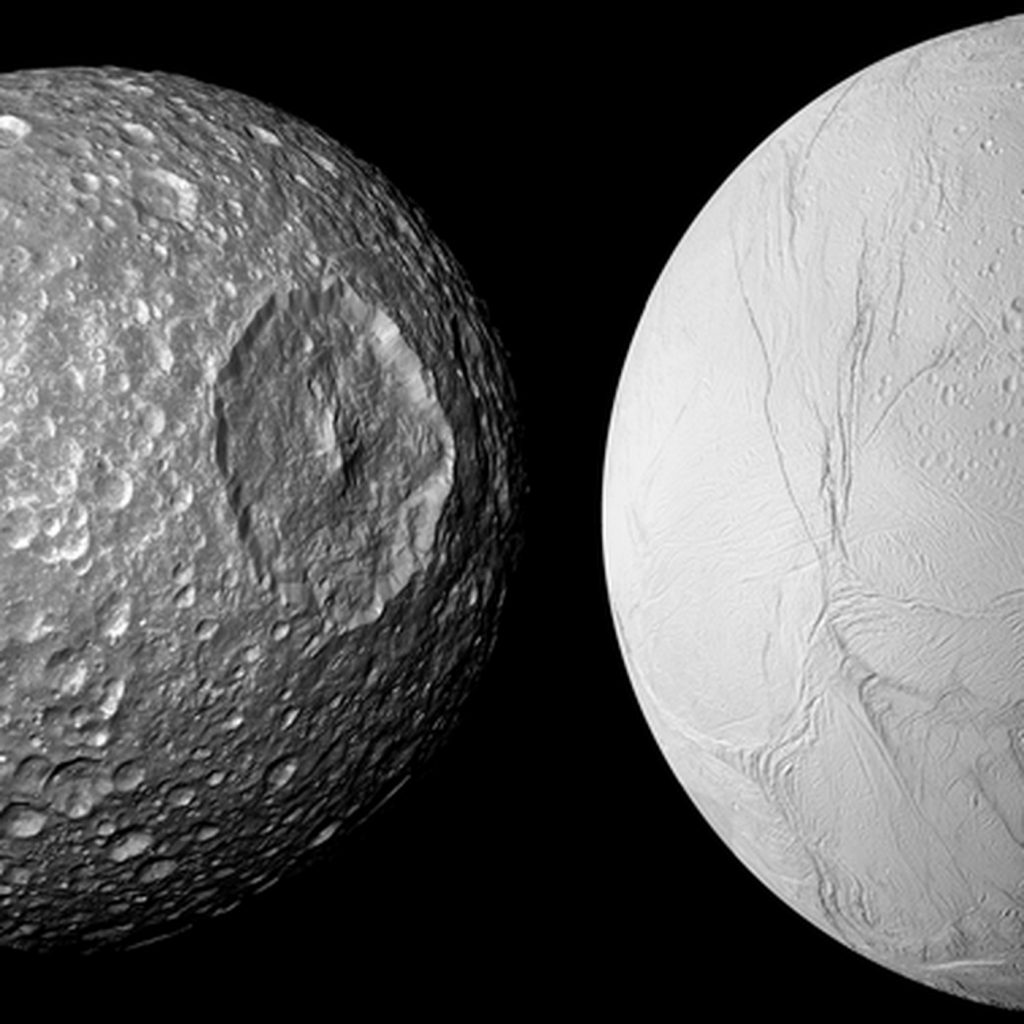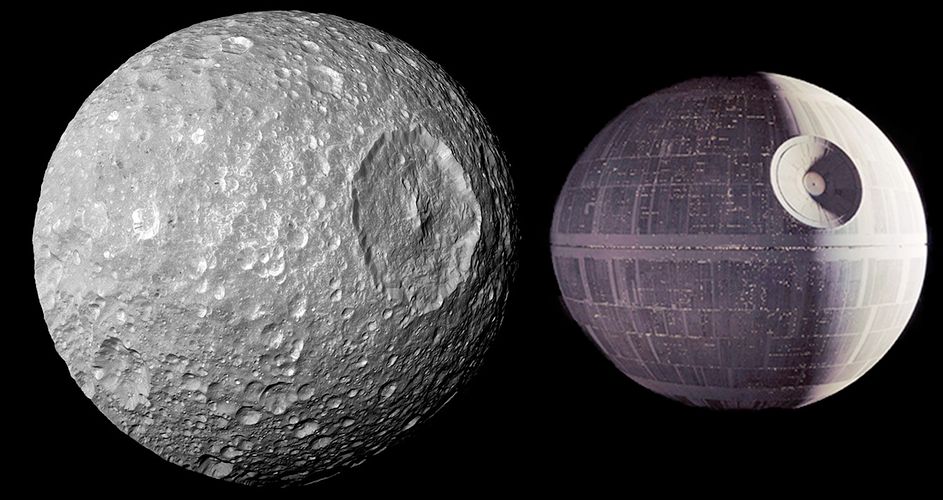Mimas, Saturn’s mysterious moon, appears to be deceptive. An 80-mile-wide crater dominates the moon, giving it the appearance of the terrifying Star Wars Death Star. But, in reality, Mimas looks like a block of ice.
Broken surfaces or telltale plumes rising from the ground on other moons, such as Saturn’s Enceladus and Jupiter’s Europa, indicate subsurface oceans. On the other hand, Mimas gives no clue that it is near the sea.

“When you look at Enceladus and Europa, there’s clearly an engine in these moons that is running,” Alyssa Rhoden, a planetary scientist who researches ocean worlds, said in a statement.
“When you look at Mimas, it’s the opposite — it can’t possibly be an ocean world.”
Rhoden and her colleague describe how they discovered evidence for an ocean beneath Mimas’ ice crust in a recent study published in the planetary science journal Icarus. After all, the moon isn’t an ice chunk.

Mimas does have a characteristic that makes it possible for it to contain an ocean. Its orbit around Saturn is quite unusual, which means it becomes braided and stretched as it swings closer to the planet’s massive gravitational force before revolving farther away. This process, known as “tidal heating,” creates vast amounts of heat on ocean worlds like Europa.
With this in mind, Rhoden, a major scientist at the research organization Southwest Research Institute, followed up on earlier detection of a slight wobble in Mimas’ orbit around Saturn. This wobbling might be caused by an ice sea sloshing inside Mimas. Is it possible that tidal heating melted enough ice inside Mimas to form a sea? If that’s the case, neither too much heat nor too little heat could exist.
The researchers determined that if there existed an ocean large enough to cause Mimas to wobble, it would be covered behind an ice shell 14 to 20 miles thick. As a result, they did computer simulations to see how the heating might work.
“We came up with exactly the right number,” Rhoden said.

This isn’t conclusive proof that Mimas has an ocean, Rhoden added. However, with the knowledge available, there is no convincing evidence that an ocean may exist there.
“There’s a lot of different ways life might be able to emerge.”
Oceans, as we know them on Earth, are various ecosystems teeming with life. “Water is at the top of the list of ingredients that make life possible,” NASA stated. Tidal heating may eventually allow life to thrive on ocean worlds like Europa, while there is no evidence of life beyond Earth.
“Tidal heating could be powering a system that cycles water and nutrients between the moon’s rocky interior, ice shell, and ocean, creating a watery environment rich with chemistry conducive to life,” NASA added.
The quest for life in other solar systems is frequently confined to “habitable zones,” which are small areas on a planet’s surface where liquid water could exist. The habitable zone of our solar system includes Earth.
Europa and Enceladus, located in the frigid regions of our solar system, are well outside the habitable zone. However, these worlds have shelter oceans. And life may have sprung up there.
“Habitability is not one swath of a solar system,” said Rhoden. “There’s a lot of different ways life might be able to emerge.”


